Experiencing the frustration of dying plants at home? Don’t worry, there’s hope. Before you give up, consider these critical factors. Knowing what to check first can be the difference between losing a plant and seeing it thrive. We’ll guide you through assessing root health, moisture levels, and sunlight exposure. Let’s dive into effective ways to revive your beloved greenery.
Assessing Root Health
Assessing the health of a plant’s roots is crucial for understanding its overall wellbeing. Healthy roots are typically white, firm, and spread out evenly throughout the soil. If you discover that the roots are brown and mushy, this could be a sign of root rot, often caused by overwatering or poor drainage.
Consider gently removing the plant from its pot to examine the root system. While doing so, avoid disturbing the plant too much, as this can cause additional stress. Check for signs of root binding, where the roots wrap densely around the soil without room to expand. This is a signal that your plant may need repotting to provide more space and improved nutrition.
As you assess the roots, observe if the plant is getting sufficient nutrients. Roots that appear thin and underdeveloped may indicate malnutrition. Ensuring that your plant has a balanced supply of essential nutrients can promote healthier root growth.
Remember that strong, healthy roots are the foundation of a thriving plant. Providing the correct
environmental conditions
and remedying any root issues can greatly support the revitalization process. Focus on using soil that’s well-aerated to promote oxygen access to the roots, crucial for the plant’s recovery.
Checking Soil Moisture Levels
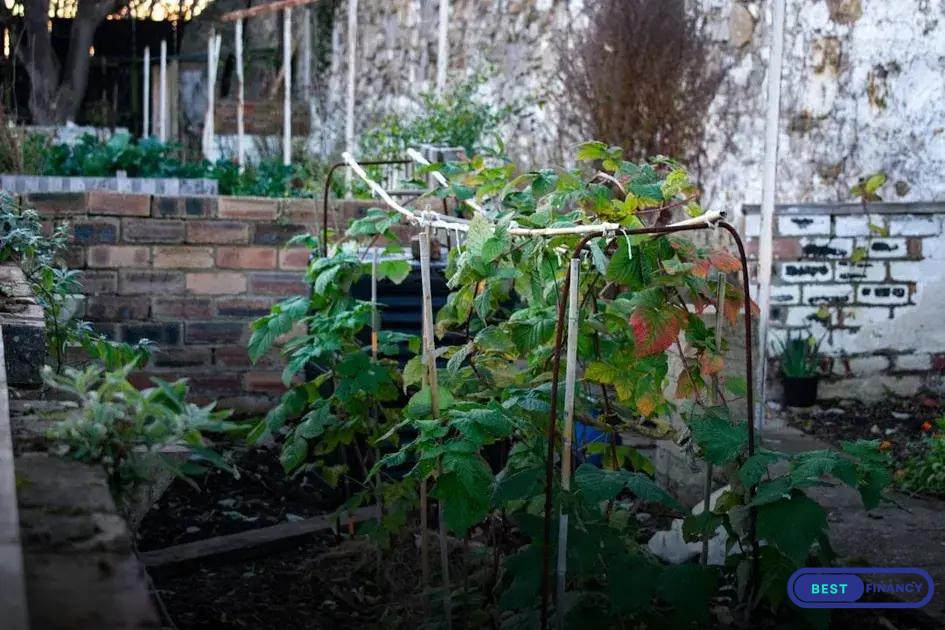
Accurately checking soil moisture levels is essential. Begin by inserting your finger about one inch into the soil. If it feels dry, the plant likely needs watering. Overwatering can cause damage, so ensure the soil isn’t soggy. For a more precise measurement, consider using a moisture meter. Proper balance is critical: plants vary in their water needs, so understanding your specific plant’s requirement is key.
Observe the plant’s leaves and stems. Wilting or browning can be signs of inadequate soil moisture. Conversely, yellow leaves might indicate overwatering. Adjusting your watering routine based on these observations can help revive struggling plants.
Inspecting for Pest Infestations
One of the crucial steps in reviving dying plants is to inspect them for potential pest infestations. Pests can cause significant damage, weakening the plant’s structure and hampering nutrient absorption. Start by examining leaves and stems for signs of damage such as holes or chewed edges. Small insects may be visible, or you might notice sticky sap on leaves and stems, a common indicator of aphids or scale.
Use a magnifying glass to conduct a thorough investigation on both the top and underside of leaves. Look for spider mites, which often leave fine webs. Inspect the junctions where leaves meet the stem, as these spots are common hiding places for pests. Do not forget to check the soil surface for larvae or grubs, as some insects lay eggs there.
Addressing Infestations
If you detect pests, address the issue promptly to prevent further damage. Depending on the severity, you may choose a hands-on method, like removing insects manually, or using organic insecticidal soap to treat leaves. Ensure to isolate the affected plant to prevent pests from spreading to other plants in your garden.
Evaluating Sunlight Exposure
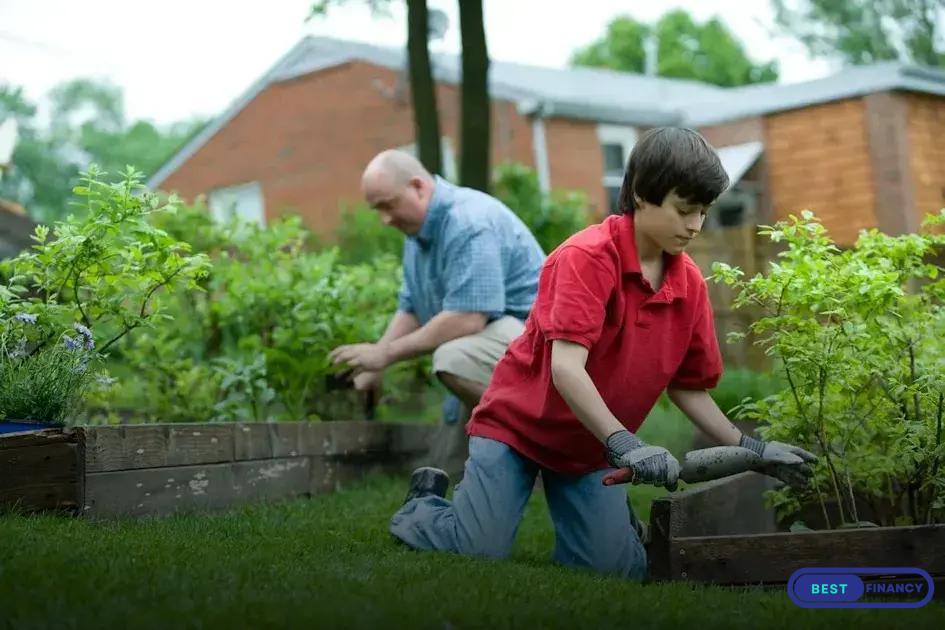
Understanding how much sunlight your plants need is crucial for their recovery. Start by observing the amount of natural light the area receives daily. Use a light meter or track the sun’s position throughout the day to determine if your plants get too much or too little sunlight.
Determine Optimal Light Conditions by comparing the current exposure to the needs of your plant species. Some plants thrive in full sun, while others prefer partial shade or low light conditions. Knowing this helps tailor care to meet their biological needs.
Signs of Improper Sunlight Exposure
Plants exposed to too much sunlight may have scorched leaves, faded colors, or stunted growth, while those with insufficient light might be leggy, have yellowing leaves, or fail to bloom. Adjusting your plants’ location based on these symptoms can improve their condition significantly.
Consider using sheer curtains to diffuse intense sunlight or sterilize window areas to increase light for plants needing more sun. Continuous monitoring and adjustments are key in ensuring your plants receive the optimal amount of light.
Examining Nutrient Deficiency
An essential aspect of reviving dying plants involves ensuring they receive the necessary nutrients for growth. Nutrient deficiency can manifest in several ways, causing plants to wilt or discolor.
Recognizing Symptoms
To address nutrient issues, it is critical to identify symptoms such as yellowing leaves, stunted growth, or purple tinges. These signs can point to deficiencies in nitrogen, phosphorus, calcium, or other essential minerals.
Soil Testing
Conducting a soil test can provide insights into the nutrient content and pH level. Kits are available that will help quantify the amounts of primary nutrients, helping guide corrective actions. Adjusting Fertilization Depending on test results, you may need to alter your fertilization practices. Incorporate a balanced fertilizer to address deficiencies, or apply specific nutrients if only one element is lacking. Organic options like compost can also improve nutrient levels and soil health. Monitoring Improvement After adjustments, monitor the plant’s response. Improvements may take a few weeks to become noticeable. Continue to observe the plant and re-test annually to ensure continued soil health and nutrient availability.


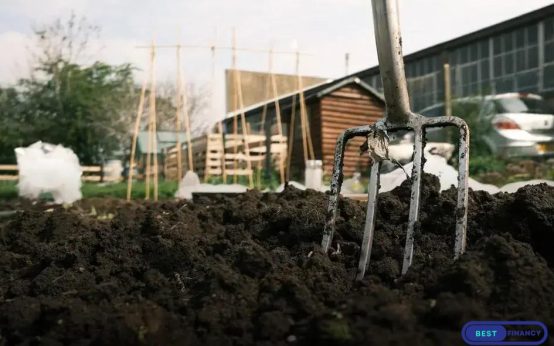 Hosting a Garden Party: Nature-Inspired Decor Ideas
Hosting a Garden Party: Nature-Inspired Decor Ideas 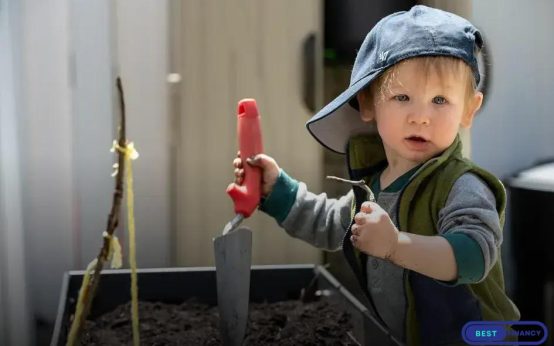 Outdoor Lighting Ideas: Highlight Your Garden at Night
Outdoor Lighting Ideas: Highlight Your Garden at Night 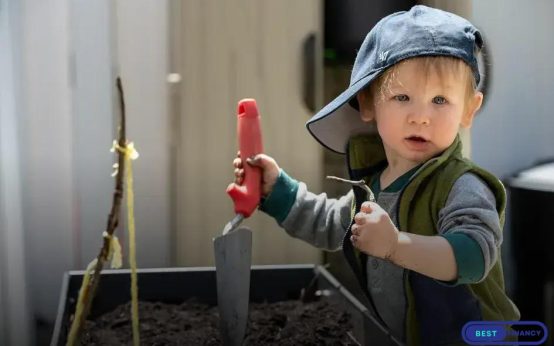 Incorporating Water Features into Your Garden: A Splash of Tranquility
Incorporating Water Features into Your Garden: A Splash of Tranquility